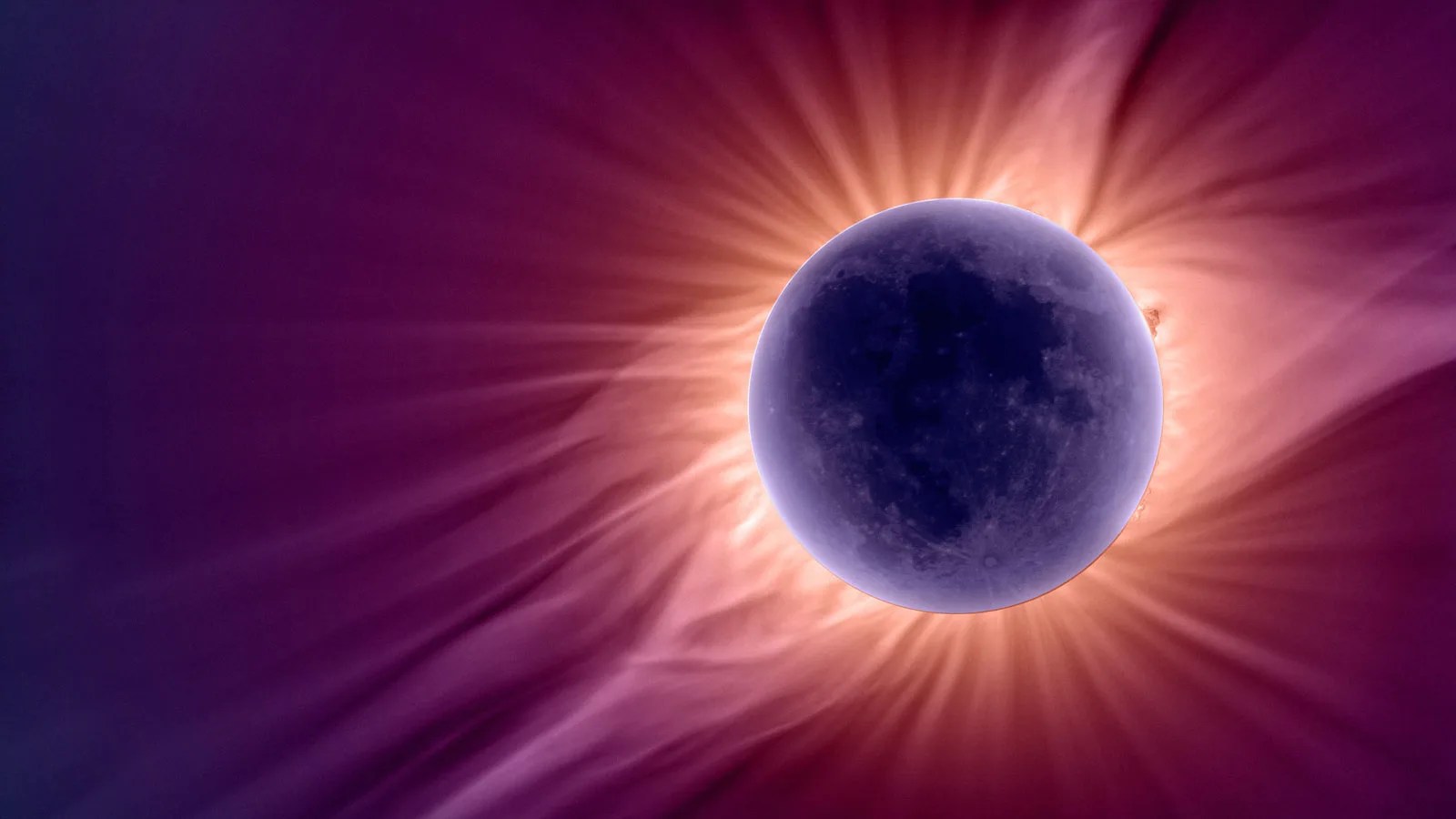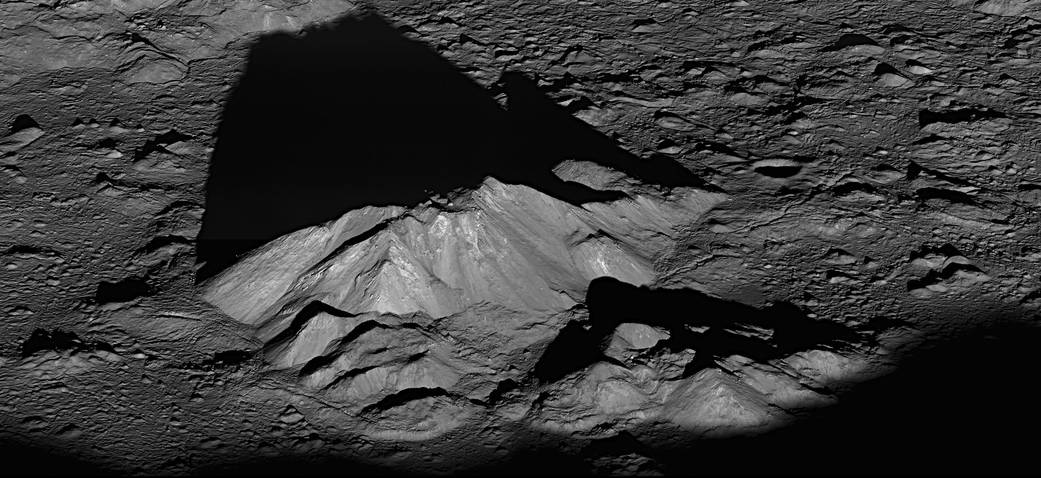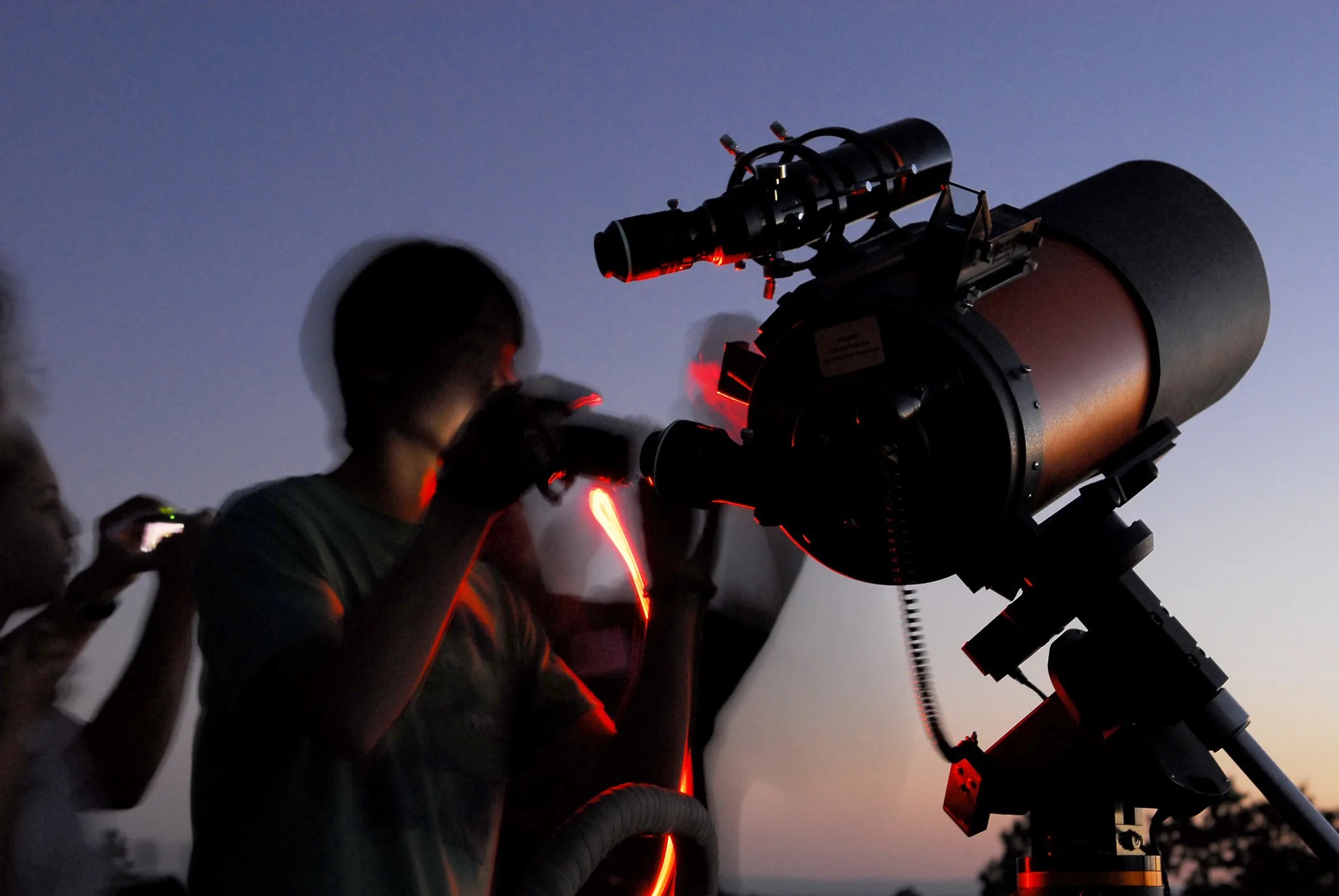Earth’s Moon was born out of destruction.
Several theories about our Moon’s formation vie for dominance, but almost all share that point in common: near the time of the solar system’s formation, about 4.5 billion years ago, something ― perhaps a single object the size of Mars, perhaps a series of objects ― crashed into the young Earth and flung enough molten and vaporized debris into space to create the Moon.
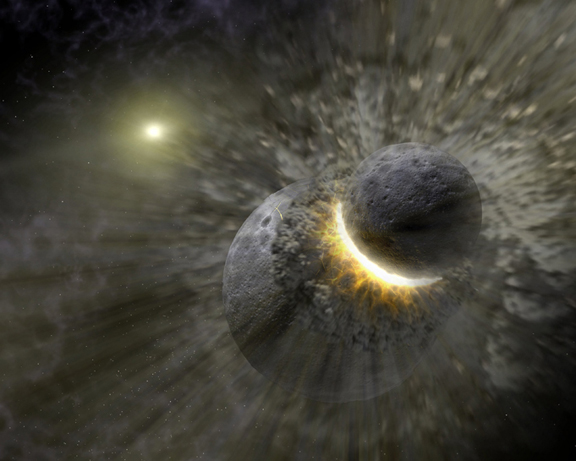
The early solar system would have been a chaotic, terrifying place. Debris left over from the formation of the Sun coalesced into a disk around the star, creating clumps that ranged in size from dust flecks to minor planets. Gravity drew these objects together, causing them to crash into each other ― violent smashups that could end in obliteration or new, larger objects. Those mashed-together objects make up the planets, moons, asteroids and other solar system objects we know today.
Visiting the Moon with the Apollo missions in the late 1960s and early 1970s revolutionized our understanding of the Moon’s origins. Previous concepts ― that the Moon was an object captured by Earth’s gravity as it sailed by, or that the Moon formed alongside Earth from the same debris ― fell out of favor after the Apollo missions brought back data and 842 pounds (382 kilograms) of lunar samples to Earth in the late 1960s and early 1970s. The Apollo evidence all pointed to the Moon forming from a large impact. The age of the rock samples indicated that the Moon formed around 60 million years after the solar system began to form. The type and composition of the samples showed that the Moon had been molten during its formation and was covered with a deep ocean of magma for tens of millions to hundreds of millions of years ― an environment that would occur in the aftermath of an intensely energetic impact. Lunar rocks were found to contain only small amounts of elements that vaporize when heated, further indicating the Moon could have formed in a high-energy impact that let those elements escape.
Five Things We Learned from Apollo Moon Rocks
- The chemical composition of Moon and Earth rocks are very similar.
- The Moon was once covered in an ocean of magma.
- Meteorites have shattered and melted rocks on the Moon’s surface through impacts.
- Lava flowed up through cracks in the Moon’s crust and filled its impact basins.
- Lunar “soil” is made of pulverized rock created by meteorite impacts.
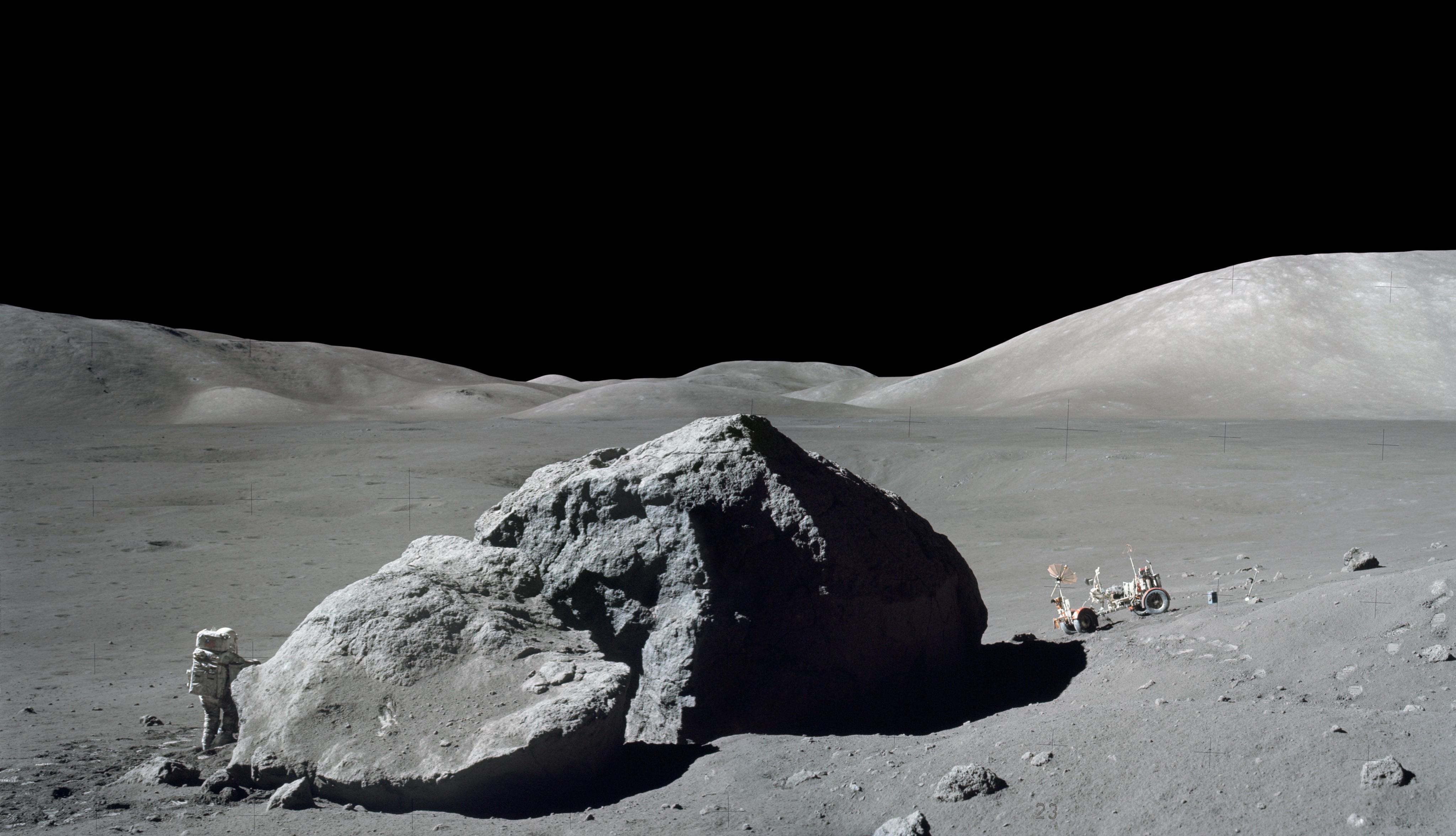
Perhaps most importantly, the rock samples indicated that the Moon was once a part of Earth. Basaltic rocks from the Moon’s mantle have striking similarities to basaltic rocks from Earth’s mantle. The oxygen isotopes and other elements sealed into the specimens matched those of Earth rocks too precisely for the similarities to be a coincidence.
Meteorites make up another body of evidence. Samples collected by Apollo astronauts come from just a few sites on the Moon, but lunar meteorites ― rocks sent into space by impacts on the Moon that eventually find their way to Earth ― provide samples from all over the Moon that tell a similar tale of the Moon’s history. Meteorites originating from asteroids have also been used to help confirm the timeline of the Moon’s formation. Some show signs of having been bombarded by debris from the giant, Moon-forming impact.
Finally, more recent studies add the evidence for a high-energy impact that resulted in the creation of a molten Moon. Analysis of light reflecting off the Moon gives details of the mineral makeup of the Moon’s surface, and it shows the widespread presence of anorthosite, an igneous rock that crystallizes out of and floats to the top of magma. The presence of anorthosite across the Moon’s surface reinforces that the Moon must once have been covered by a widespread magma ocean that was quite deep, from hundreds to thousands of kilometers.
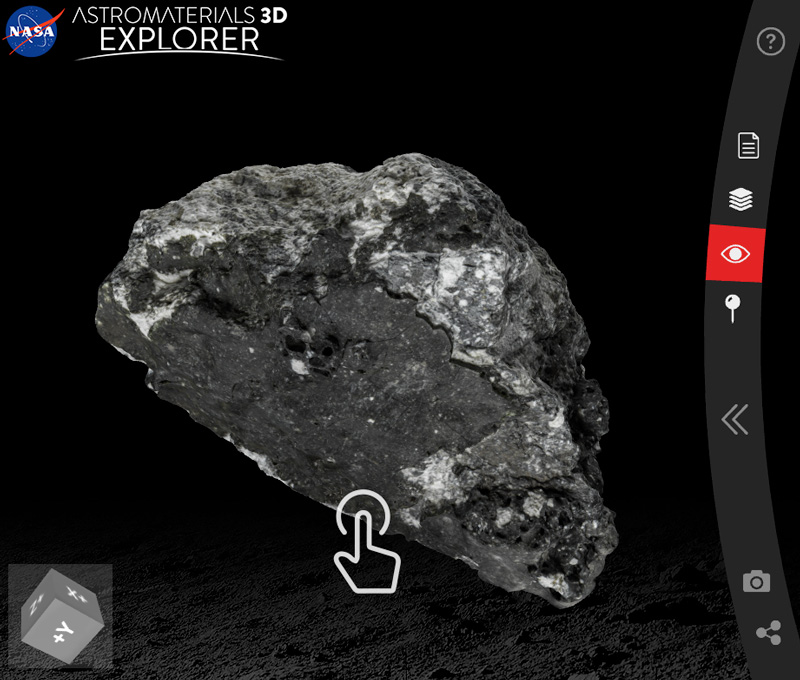
Though Earth and Moon both came from that ancient collision ― and Earth is certainly within easier reach ― studying the Moon gives us our best chance of understanding what happened all those billions of years ago. Earth’s active geological processes, from plate tectonics to erosion, erase the evidence of formation. Aside from events like impacts, much of the Moon’s surface changes on a vastly slower timescale. Like detectives at a crime scene, scientists use clues preserved on the lunar surface to piece together the Moon’s history. Any improvements to the giant impact theory or a new theory would need to explain what we observe of the Moon today.
One of the oddities is the Moon’s low iron content as compared with Earth’s. Earth’s iron-rich core accounts for around 30 percent of its mass, but the core of the Moon is only about 1.6-1.8 percent of its total mass. One possible explanation is that the energy of the impact with Earth that formed the Moon vaporized lighter materials, casting them into space, and left behind heavier elements ― such as iron, which vaporizes only at extremely high temperatures ― to sink into Earth’s core.
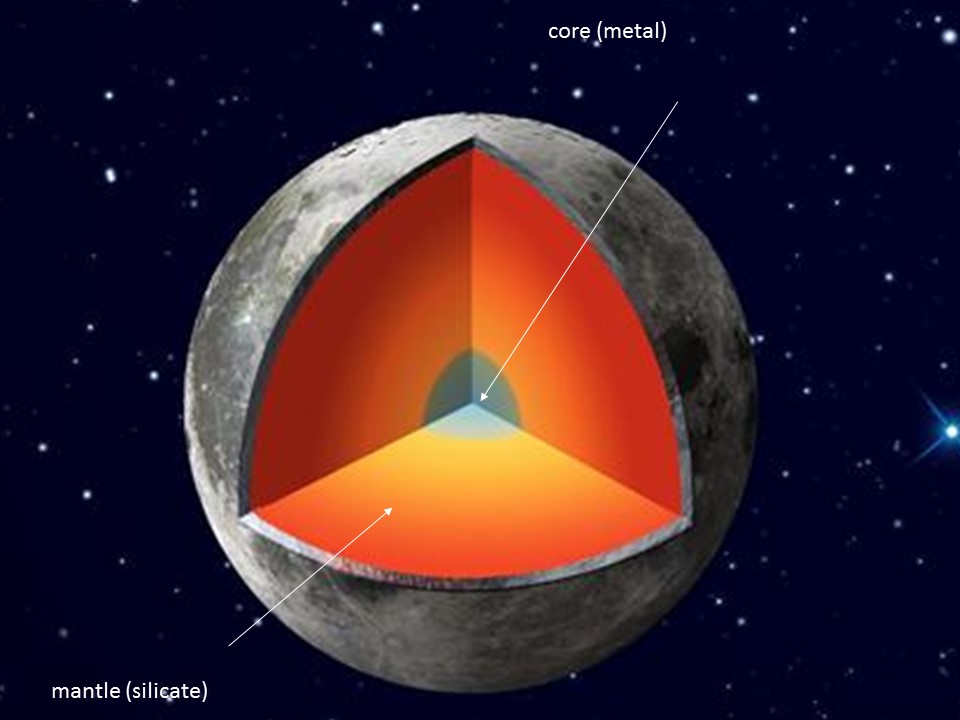
Any viable theory of lunar formation also has to explain where the Moon is now in relation to Earth and the speed and inclination of its orbit. Surface reflectors placed on the Moon during Apollo show that the Moon moves away from Earth at the rate of about an inch and a half per year. This indicates that the Moon initially formed much closer to our planet, and, therefore, that the early Earth’s spin rate was much higher than it is today. Computer models created by scientists to test and analyze Moon formation theories must show how a massive collision can produce the existing orbits and rotation of Moon and Earth over billions of years when paired with the typical gravitational interactions between the two bodies. (Even today, the distance between the Earth and Moon, and the length of a day on Earth, continues to grow due to the effects of Earth’s tides.)
Finally, strange discrepancies exist between the Moon’s near and far sides. Differences include: the thickness of the crust ― 43 miles (70 kilometers) on the Moon's near-side versus 93 miles (150 kilometers) on the far side; the contrasting geological makeup, including a concentration of radioactive elements on the near side; and the rich history of volcanism on the near side compared with a relative lack of volcanic activity on the far side. How closely these differences are related to the Moon’s formation ― how it cooled, how its volcanic activity took place, and the manner in which it has been bombarded by objects from space ― is a question scientists continue to wrestle with today.
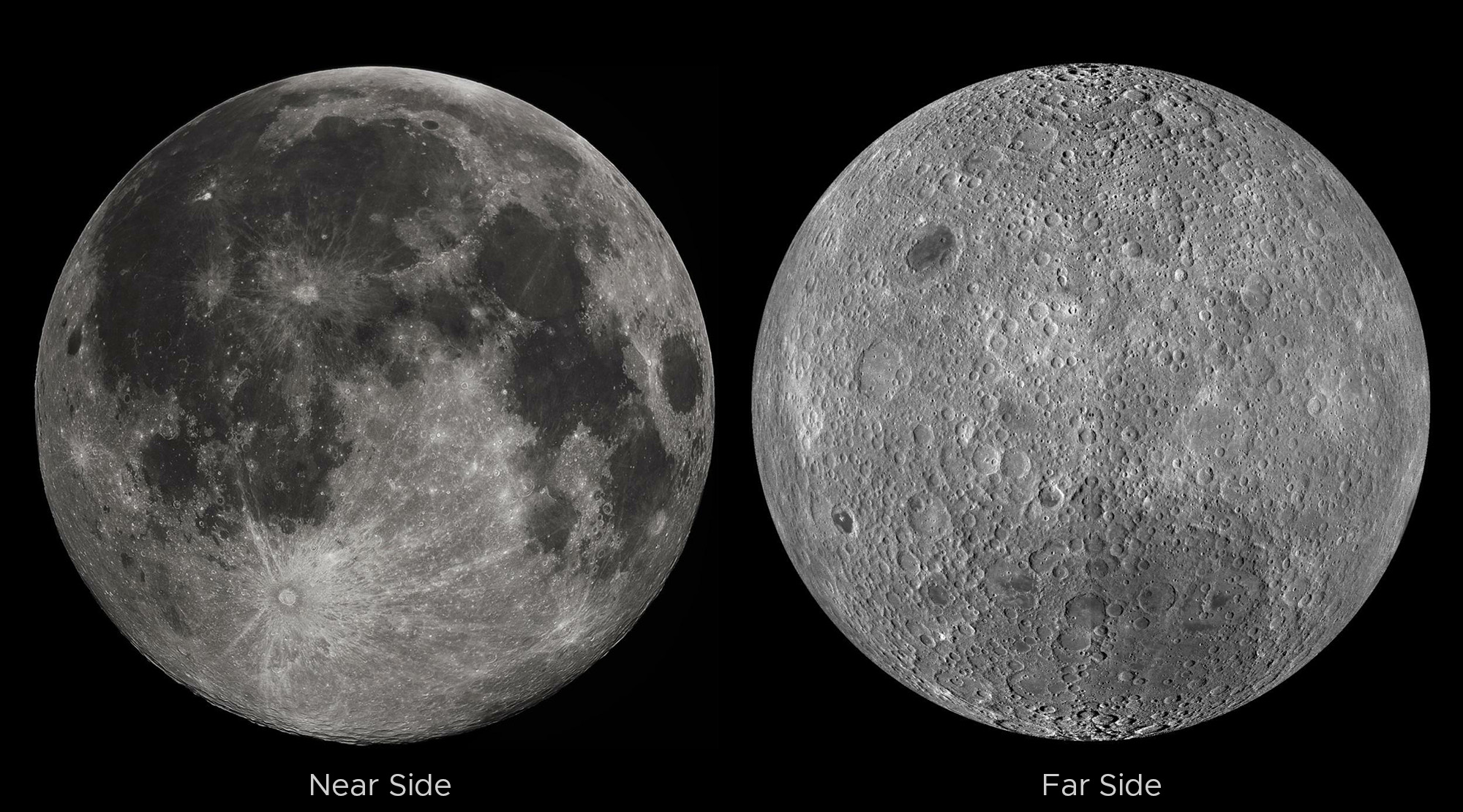
With humanity’s return to the Moon through the Artemis program, scientists expect a flood of new information that will help us hone in on a single formation scenario. In the meantime, scientists continue to study existing samples and other information they have now ― such as information from lunar orbiters and the growing body of knowledge on planetary formation ― to construct computer models that help us understand how the collision might have happened, and how it could have resulted in the Moon and Earth as we see them today. The models account for factors like the strength of the colliding objects, the friction between the components, the density of the components, and how materials behave under different temperatures and pressures. Today’s advanced computer models can provide a number of very specific outcomes based on variables like these.
NASA's Ames Research Center
For instance, when scientists want to figure out why the Moon is low in certain elements that vaporize easily, they use models to see how the Moon’s composition would look if the elements were lost, or depleted, during different periods of the Moon’s formation. Perhaps the environment in which the Moon formed or early eruptions on the Moon’s surface created a temporary atmosphere that led to the elimination of some of those elements, or they may have been released through interactions with the heat of the Sun or a bright and still-molten Earth.
Even these complex models can’t simulate every atom in a massive collision between giant objects that kicks debris into space. But astronomers can represent larger groups of debris by using particles whose properties depend on where they are located during the collision, like hot material situated near the proto-Moon’s core. Astronomers are able to alter the properties in their models to produce different results, showing how even small changes can produce different scenarios. As evidence continues to come in, the eventual goal is a comprehensive model that accounts for everything we know about the Moon.
The final Apollo Moon mission was in 1972. Scientists have had decades to investigate lunar samples and data from the Apollo missions, combine it with information returned by subsequent lunar missions, come to conclusions, and form new questions. They know what to target during the upcoming Artemis missions to help solve some of the outstanding mysteries.
All of the Apollo missions landed near the Moon’s equator, and the samples brought back are mostly from volcanic regions. Lunar scientists are hoping to obtain new samples from different locations, like the far side of the Moon and areas closer to the poles, so they can examine the Moon’s composition in regions that would have evolved in different ways and uncover more evidence of how the Moon formed. They’re hoping to drill down into the lunar surface and acquire core samples that expose additional layers of the Moon’s geologic history, a record written in rock and mostly hidden from us for now.
These new discoveries will help narrow down the many unknown factors in the Moon formation models. If the new evidence shows ― to choose just one example ― that a vast quantity of sulfur was lost during a period of volcanic activity, then that sulfur loss doesn’t need to be accounted for during early stages of Moon formation. Like a game of Clue, deciphering the mysteries of the Moon’s formation will be a process of elimination, ruling out particular events happening during certain time periods and narrowing down the possibilities until few remain.
But scientists are also alert to the possibility of new discoveries, findings that paint a different picture. The greatest clues to the Moon’s past may still be scattered around and beneath the lunar surface, waiting to be unearthed.
Writer: Tracy Vogel
Science Advisors: Prabal Saxena (NASA's Goddard Space Flight Center), Sarah Valencia (NASA's Goddard Space Flight Center) and Bill Bottke (Southwest Research Institute Boulder)


